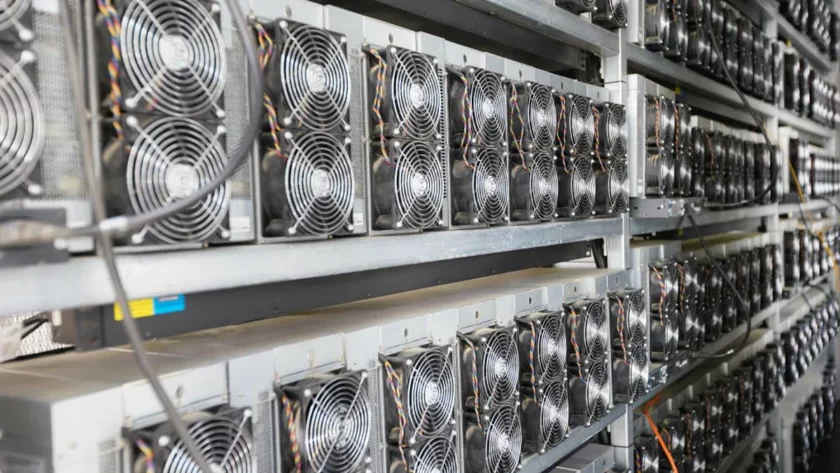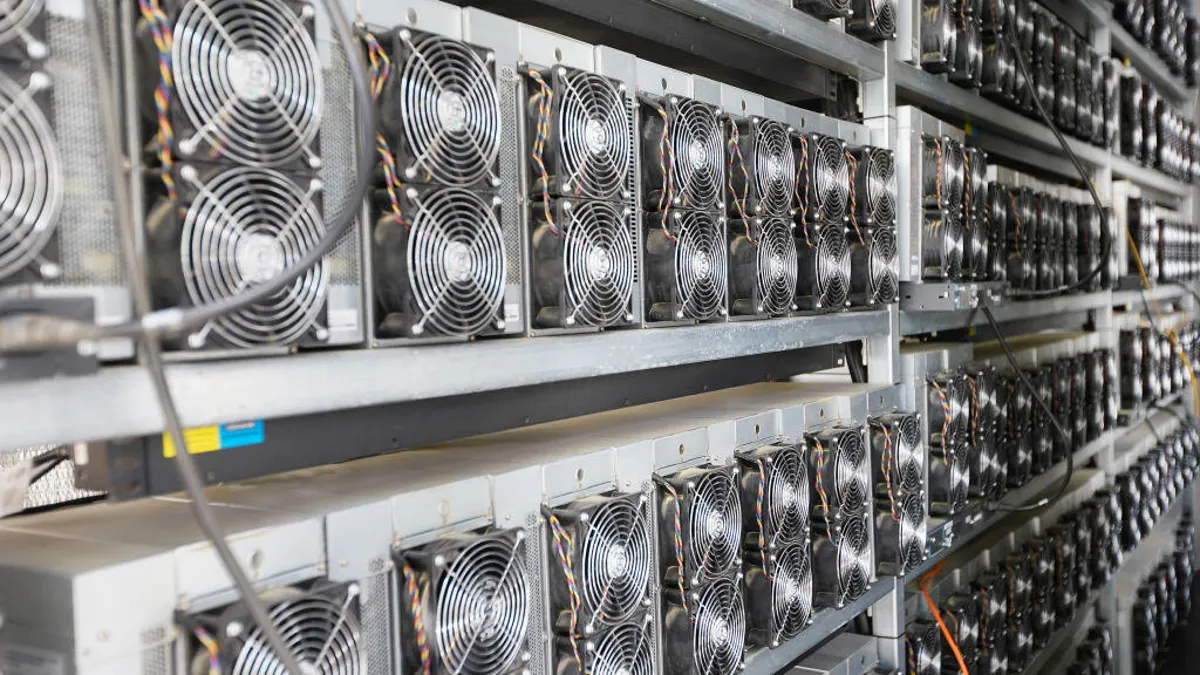Bitcoin mining is one of the most essential aspects of how the Bitcoin network operates, but for beginners, it can be a bit challenging to grasp. In this guide, we’ll break down the process of Bitcoin mining in simple terms, making it easy to understand what it is, how it works, and why it’s important.
What is Bitcoin Mining?
Bitcoin mining is the process of adding new Bitcoin transactions to the blockchain—a public ledger that records every Bitcoin transaction. Miners use powerful computers to solve complex mathematical problems. When a problem is solved, a new block of transactions is added to the blockchain, and the miner is rewarded with newly created Bitcoin.
In essence, Bitcoin mining keeps the network secure, verifies transactions, and ensures that new Bitcoin enters the system gradually.
Why is Bitcoin Mining Necessary?
Bitcoin operates as a decentralized network, which means there’s no central authority (like a bank) controlling it. Instead, Bitcoin relies on miners to verify transactions and maintain the security of the network. Mining ensures that:
- Transactions Are Verified: Every time a Bitcoin transaction is made, it needs to be confirmed and added to the blockchain. Miners make this happen by solving mathematical puzzles.
- New Bitcoin Is Created: Mining is the only way new Bitcoins are introduced into the system. The reward miners receive for verifying transactions is the newly created Bitcoin.
- Network Security: Miners also secure the Bitcoin network by preventing fraudulent transactions, ensuring that the same Bitcoin isn’t spent twice.

How Does Bitcoin Mining Work?
Bitcoin mining requires specialized hardware called ASICs (Application-Specific Integrated Circuits) that are designed to solve complex mathematical puzzles. These puzzles require significant computing power, which is why miners need these high-performance machines.
Here’s a step-by-step overview of how Bitcoin mining works:
- Transaction Verification: When people send Bitcoin to each other, these transactions are grouped into blocks. Before a block can be added to the blockchain, miners need to verify it by solving a mathematical puzzle.
- Solving the Puzzle: Miners use their hardware to solve a complex cryptographic puzzle. This process is called “proof of work,” and it ensures that only those with enough computing power can add new blocks to the blockchain.
- Block Addition and Reward: Once a miner solves the puzzle, the block of transactions is added to the blockchain. The miner is then rewarded with newly created Bitcoin—this is known as the “block reward.”
- Bitcoin Halving: The amount of Bitcoin rewarded to miners decreases over time. This event is called Bitcoin Halving and happens roughly every four years. Currently, miners receive 6.25 Bitcoin for each block they mine, but this will be cut in half during the next halving.
Can Anyone Mine Bitcoin?
In the early days of Bitcoin, anyone with a regular computer could mine Bitcoin. However, as more people began mining, the puzzles became harder, requiring more computing power. Today, Bitcoin mining requires specialized equipment and consumes a lot of electricity. While technically anyone can start mining, the costs associated with equipment and electricity make it challenging for most individuals.
Many miners now join mining pools, where they combine their computing power with others to increase their chances of solving puzzles and earning rewards. In a mining pool, the rewards are shared among participants based on the amount of work each miner contributes.
Is Bitcoin Mining Profitable?
The profitability of Bitcoin mining depends on several factors:
- Electricity Costs: Mining requires a significant amount of electricity, so if electricity is expensive where you live, mining may not be profitable.
- Mining Hardware: The more powerful your mining hardware, the more likely you are to solve the puzzles and earn Bitcoin. However, high-performance hardware can be costly.
- Bitcoin’s Price: The value of Bitcoin fluctuates. If the price of Bitcoin is high, the rewards from mining are worth more. If the price is low, it may not cover the costs of electricity and equipment.
What Are the Environmental Concerns?
One of the main criticisms of Bitcoin mining is the environmental impact. Because mining requires so much electricity, it has raised concerns about energy consumption and carbon emissions. Some miners are now looking for ways to use renewable energy to reduce the environmental footprint of mining.
Final Thoughts: Should You Start Mining Bitcoin?
Bitcoin mining can be a fascinating way to engage with the Bitcoin network and potentially earn rewards. However, it’s important to consider the costs of equipment and electricity, as well as the competitive nature of mining today. For most beginners, learning about mining and possibly exploring mining pools may be the most practical approach.
If you’re interested in cryptocurrency but don’t want to mine, you can always buy Bitcoin through exchanges and become part of the Bitcoin ecosystem in a different way.
